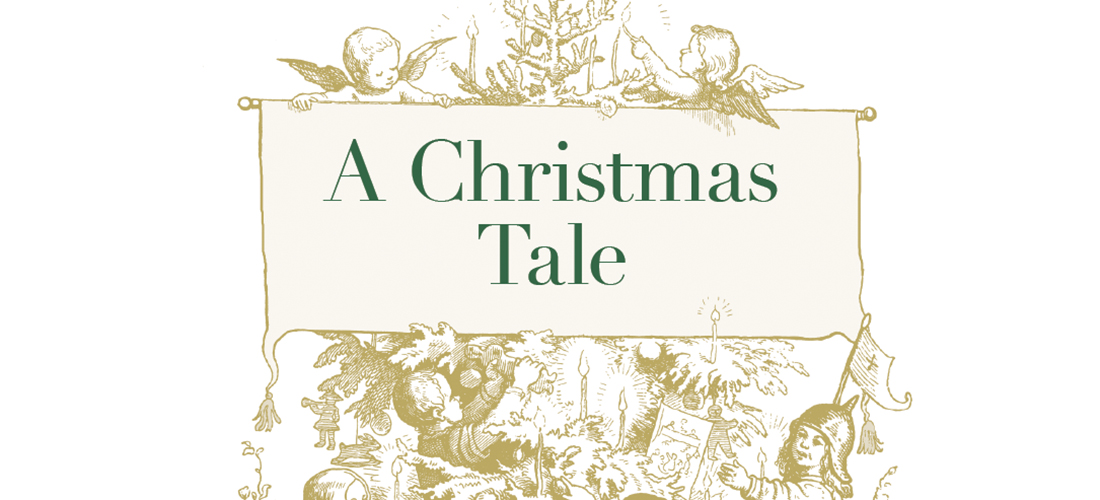
By Sam Walker
Before Chaptico, Maryland, became a quaint village amid old manor houses and rich farmland, it was a gathering spot for Native Americans to hunt and fish the waters of a tributary of the great river that flows southeast from what would become the nation’s capital.
On high ground beyond the water a church was built in 1640. Fields were cleared and planted as stalwart people began to work the land and waters. They still do. This tract of Lord Proprietary acreage was overseen by High Sheriff Sir Philip Key, great-grandfather of Francis Scott Key, who emigrated from England in 1726. Ten years later the “old” church was replaced with a handsome brick structure designed by Christopher Wren, architect of St. Paul’s in London, or so the story goes. The front porch beneath the steeple and belfry led to high arched 10-inch-thick doors that opened to reveal rows of boxed pews and a raised altar at the east end. The bell tolled each Sunday calling folks to worship. It still does.
The churchyard holds the remains of both gentry and scoundrels, including the pirate Gilbert Ireland, who was buried according to his wishes in the upright position. A wrought iron chair rests beside a family headstone awaiting the ghost of a woman who comes to keep watch. The British savaged the town on their way to burn the capital during the War of 1812, stabling their horses inside the church. During the Civil War a Confederate spy was granted sanctuary there by a church lady from a nearby manor.
Gradually, homes framed the village side roads, a post office opened, and later a country doctor began his practice. The village market, a way station for locals and travelers, justifiably boasted about its fried chicken. One year the doctor organized a way to mark the holiday season by lighting a large evergreen at the main crossroads. Folks gathered for carols and to swap stories, but none better than the time the little church decided to revive the Christmas pageant.
Costumes were sewn. Children cast for parts — though some balked at their assigned role. Rehearsals commenced. The simple design of a narrative accompanying the Nativity tableau, with the organ leading familiar carols, promised all would come off without a hitch.
The steeple bell rang out the Sunday welcome and the church was jam-packed. Lights dimmed and quiet settled in. “O Come, All Ye Faithful” boomed forth. Heads turned and necks craned as angels in white holding tobacco sticks affixed with large glittering stars crowded into the altar area.
Another carol welcomed all sizes of shepherds. The disgruntled one, who had wanted to be Mary, chose that moment to express creative differences and walked out in a huff. While angels and shepherds jostled for position during yet another carol and some reverent narration, the audience beamed as Mary and Joseph arrived. She cradled a swaddled doll to be gently laid in a straw-filled milk crate set between two chairs that ordinarily held the posteriors of clergy, or a visiting bishop.
Even before the three kings finished their march, things began to unravel. It seems Mary had been up all night with a fever and was now falling asleep at her post, nearly dropping the unraveling baby. Ever alert, Joseph snatched the child by one arm then poked Mary with the other to wake her up. She, at that point, simply left. Dismayed, Joseph took this as his cue to follow her, leaving the baby face down in the bishop’s chair.
When the tiniest shepherd loudly appealed — “Daddy, I’ve got to pee!” — all the heavenly host and abiding shepherds came undone and so did the audience.
Everyone stood for a heartfelt “Joy to the World.” The narrator wished all a Merry Christmas, and the little church exploded into thunderous applause with hugs all around as Santa arrived at the top of a ladder on a firetruck. PS
Sam Walker, a retired minister, maintains a curiosity about life and is an old friend of PineStraw.





